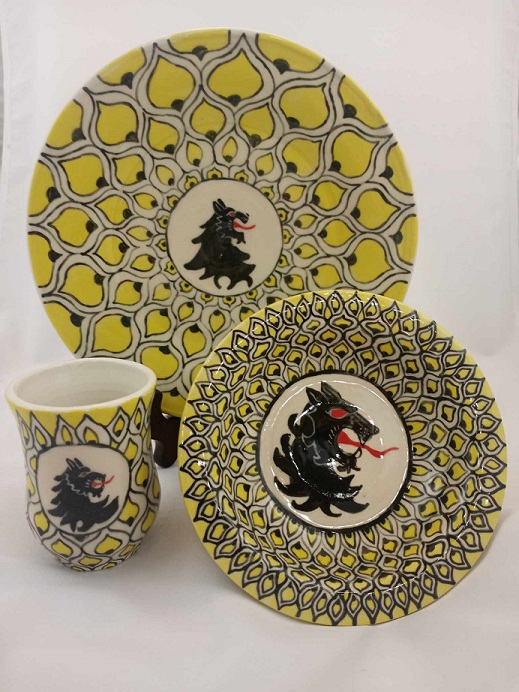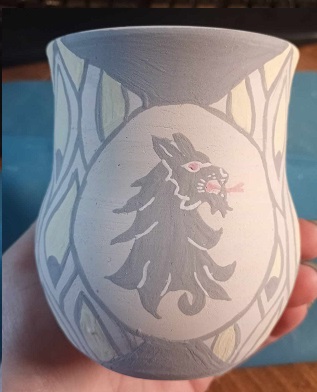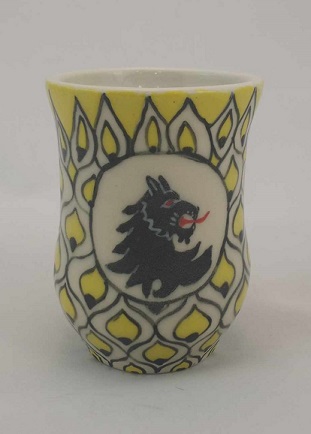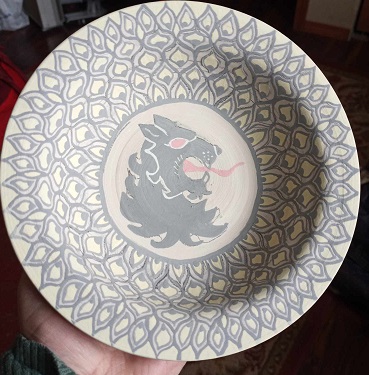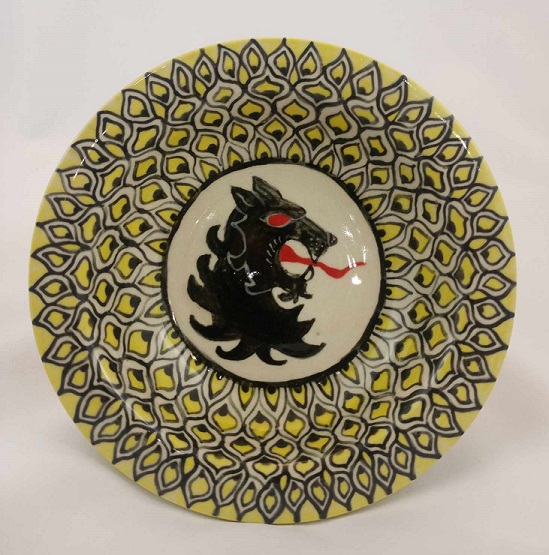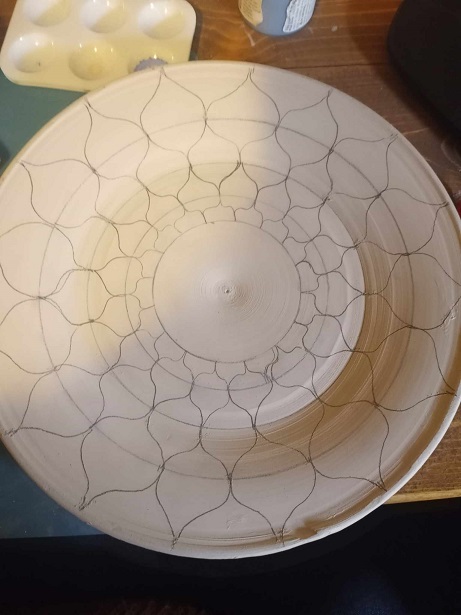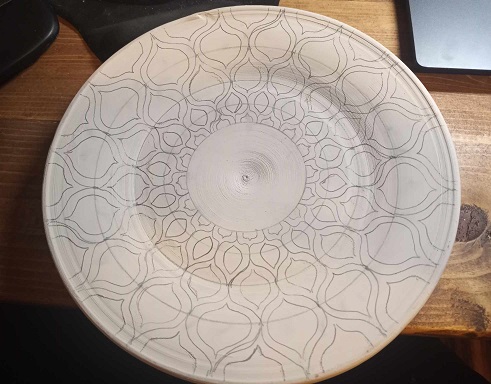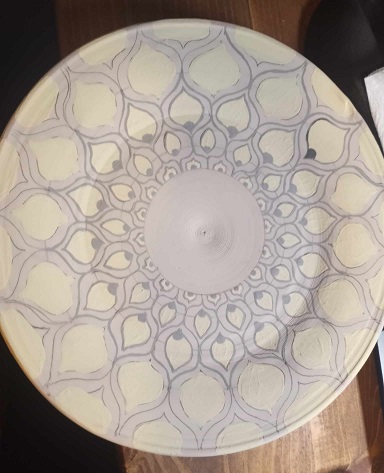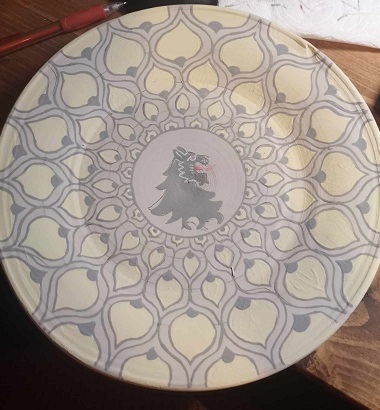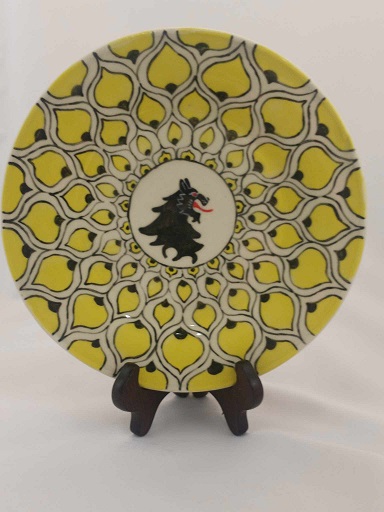One thing I love about the Society for Creative Anachronism (SCA) group that I am a part of is that it tries to give back to the communities that it is a part of. One way that they give back is to hold an auction each year at the large January event, where the proceeds go to a non-profit. This year’s proceeds go to the Trevor Project.
The items in this auction are made by a variety of different individuals across the entire area which our group spans (Oregon, Washington, Northern Idaho, British Columbia) and each item is sponsored by a peer (description of what this means can be found here).
I currently am working with 3 different peers in the group (one for each order but the Chivalry). and I try to make one entry for each of them as well as one for an amazing Knight in our local area.
This year I tried to make something that would represent each of them in their culture/area of interest.
Boards for the bakers
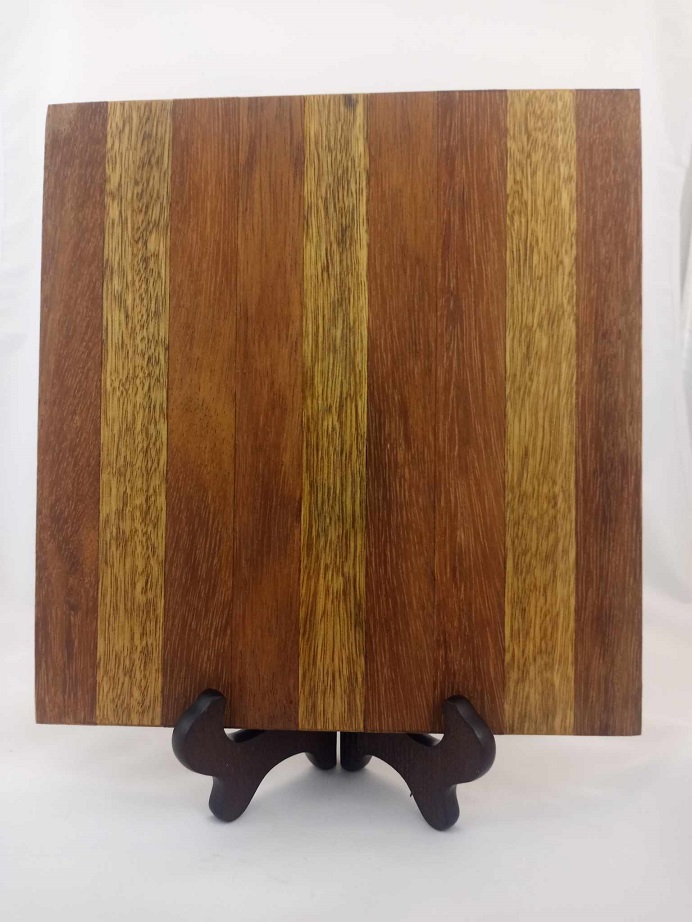
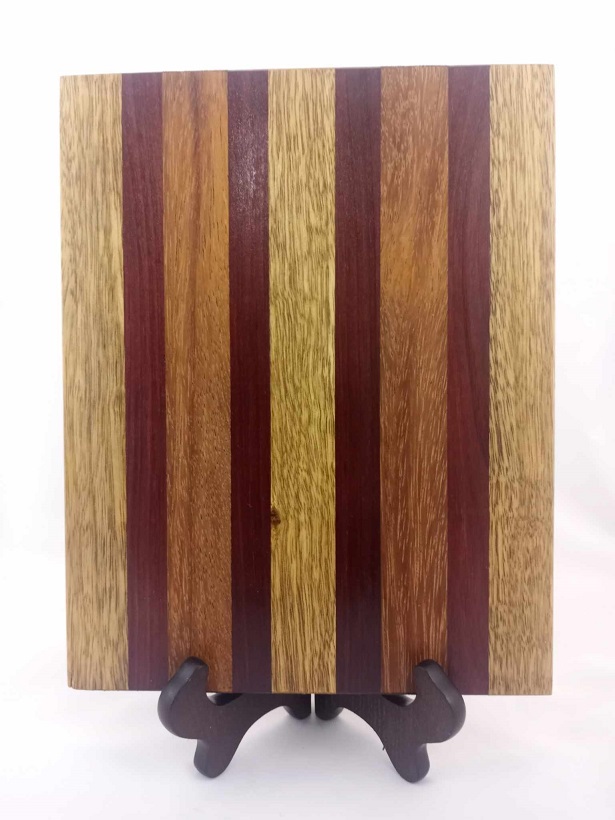
During the global pandemic shutdown creativity still found a way to come out. Bread baking, specifically sourdough breads broke onto the scene in a large way. Þorkell Palsson was not immune to this craze and began making all sorts of wonderful baked breads working on different types of bread honing his craft to the point that looking at his pictures made me hungry from over a 100 miles away. Now that we are able to meet in person again his bread has become a regular fixture where food is present.
This made choosing the entry for him easy, a cutting board! A qiuick trip to woodcraft later (who am I kidding a trip there is never quick, there is to much to look at) and I had a variety of hardwoods for the project. Once the wood was cut, planed, glued, planed again, sanded, routed, sanded again, yet more sanding, and treated with mineral oil I had two cutting boards ready to go.
Now the dilemma I had to many items. Lucky for me Þorkell Palsson is married to an amazing individual Guðrun Ulriksdottir who graciously has agreed to sponsor one of the cutting boards. Here is hoping these two cutting boards find a good home.
Maiolica for an Italian Dame
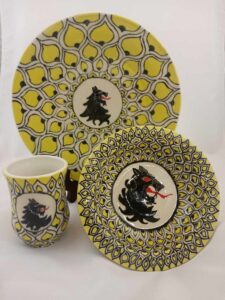
As you have probably guessed as you look around the site my main craft/art form is pottery. I love the creation from mud to something beautiful. In particular something functional and beautiful. I am a firm believer that art should be enjoyed in as many ways as possible, so much of my pottery falls into the category of tableware. For the entry for my next peer Brighid MacCumhal I wanted to make a table ware set that could have been found on a fancy table in Venice during the Renaissance period as that is her area and time of instance.
Many enjoyable hours and days later searching through museum collections I came across a beautiful 15th century Italian plate with a lion featured in the center on display at the Philadelphia Museum of Art. As the Lion is the main symbol of our chapter, it was obvious that this piece would be the inspiration for my pieces (a cup, a bowl, a plate).
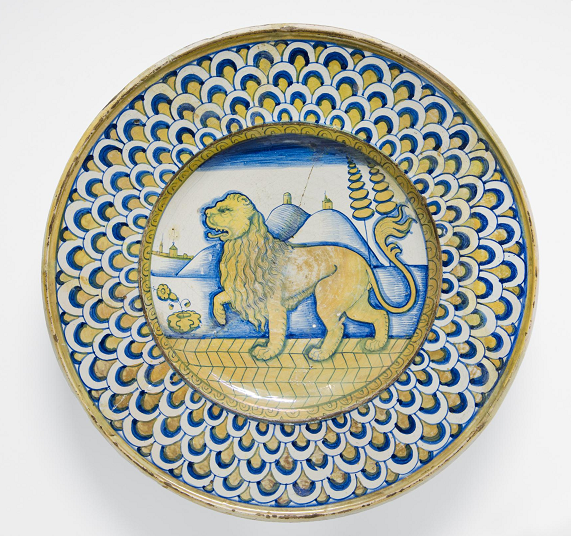
Each piece would have the unique petal design with the lion being replaced with the badge of our local group. For each piece I drew the design on the green ware in pencil, then painted on the piece with underglaze before bisque firing and then using a clear glaze in the final firing.
All I can say is so many petals…
There is a saying in our local studio, never fall in love with a piece till it comes out of the final fire. The first plate made sure to keep me humble and prove that things can happen as it cracked in the final firing.
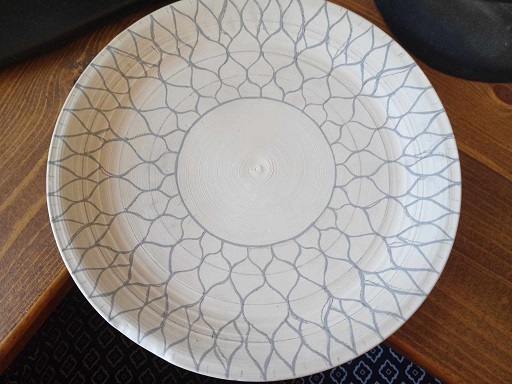
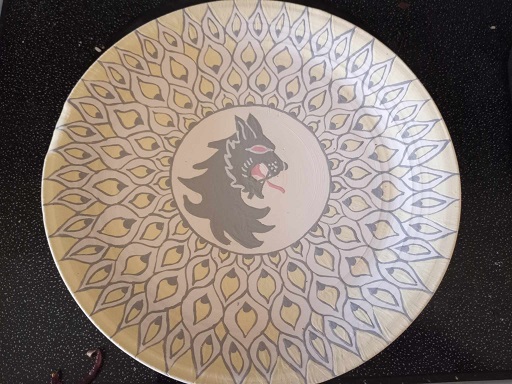
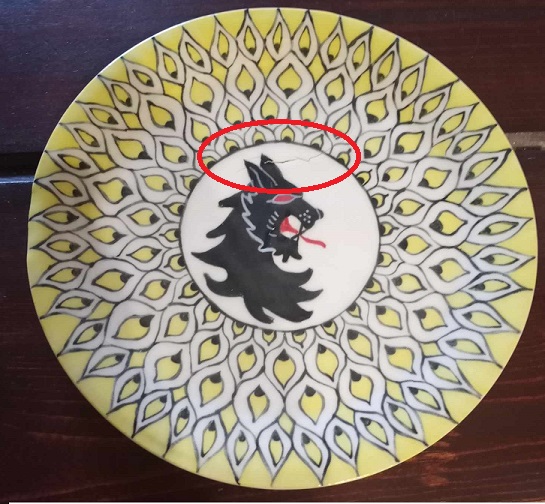
Knightly Apothecary
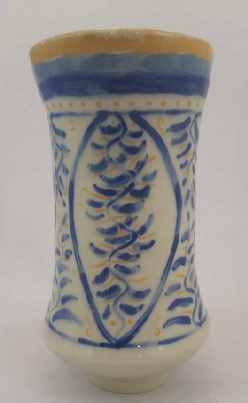
As more and more museums place their collections online I find myself spending hours visiting museums virtually that I may never be able to visit in person. Earlier this fall I found myself looking more and more at these vessels that I found in many different museums. A little more digging and I found they were called Albarello Vessels.
The Albarelli (plural Albarello) are storage vessels created as a non-porous to contain solid or Viscous medicinal substances. The nature of the contents formed the shape of these vessels including their wide mouth allowing materials to be added and removed easily, and an indented middle for easy handling, and a slim shape allowing multiple storage containers to be placed on a shelf at once ( Wallis, Henry. Italian Ceramic Art: The Albarello, a Study in Early Renaissance Maiolica. 2nd ed., B. Quaritch, 1904).
While there are some common shapes the designs are as varied as any art pieces and I now have a goal to create a wall of these beautiful pieces. I have been really interested in Hispano Moresque and early Italian Maiolica and focused on creating a design that could fit into that timeframe with natural shapes in reoccurring patterns. I made 7 pieces and my favorite I asked Phelan Tolusmiðr if he would be willing to sponsor as he has always encouraged my exploration into my art form and getting my pieces out there to be seen.
Roman Amphora
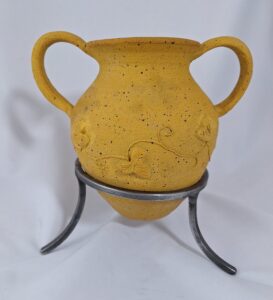
The last piece in the auction was the hardest to decided what to make. Julia Sempronia who was sponsoring me for this item loves Ancient Rome. Going in I knew I wanted to make something Roman inspired…but what? It needed to be easy to take care of, and yet useful/desirable enough that someone would bid on it (always a consideration when donating items).
I thought of different ideas and none struck me as right until, while bottling wine it struck me..an Amphora! The next time I was in the studio I threw several different Amphoras of different sizes, shapes, and decoration techniques. You should never fall in love with a piece till it comes out of the final fire, but I had trouble with this one as I loved most of them.
Two anxious fires latter I had a batch of Amphora to choose from and then it was very much a Goldie locks moment. This one was to large and this one was to small, but one was just right. My amazing husband made me a stand and I had my last auction Item.
